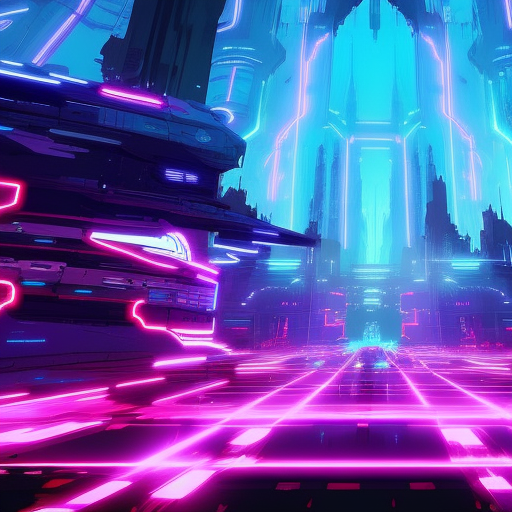One-line summary:
In “Ready Player Two,” Wade Watts embarks on a new virtual reality adventure, facing challenges that test his friendships, the limits of technology, and the consequences of escapism.
The Oasis: A Virtual Utopia
In the highly anticipated sequel to Ernest Cline’s “Ready Player One,” “Ready Player Two” takes readers back to the immersive virtual world known as the Oasis. Set in a dystopian future where the real world is plagued by overpopulation and environmental decay, the Oasis offers an escape into a vast digital universe where anything is possible. Wade Watts, the protagonist and winner of the previous contest, now finds himself in possession of the Oasis and its unimaginable wealth and power.
The Quest for the Seven Shards
As Wade adjusts to his newfound role as the creator and ruler of the Oasis, he stumbles upon a new challenge left behind by James Halliday, the late creator of the Oasis. Halliday’s posthumous message reveals the existence of seven shards, hidden within the virtual world, that hold the key to a powerful and dangerous technology called the “Omnidirectional OASIS Interface” (OOI). Determined to prevent the OOI from falling into the wrong hands, Wade embarks on a quest to find and secure all seven shards.
Wade’s journey takes him through various virtual worlds, each filled with its own unique challenges and puzzles. Along the way, he reunites with his friends, including Aech, Art3mis, and Shoto, who join him in his quest. However, as the stakes grow higher, tensions rise within the group, testing their loyalty and friendship.
The Consequences of Escapism
While the Oasis offers an enticing escape from the hardships of reality, “Ready Player Two” delves into the consequences of excessive escapism. Wade, consumed by his virtual responsibilities and the allure of the Oasis, neglects his real-world relationships and responsibilities. As the boundaries between the virtual and real worlds blur, Wade must confront the impact of his actions on both himself and those around him.
As Wade and his friends delve deeper into the quest for the shards, they encounter a new technology called the “Neural Interface,” which allows users to experience the Oasis directly through their brains. This technology raises ethical questions about the potential dangers of becoming too immersed in a virtual world, blurring the line between reality and fantasy.
Key Takeaways:
- The allure of escapism can have unintended consequences on real-world relationships and responsibilities.
- Technology has the power to both enhance and endanger our lives, and it is crucial to consider its ethical implications.
- Friendship and loyalty are tested in the face of challenges and power struggles.
“We’re not meant to save the world. We’re meant to leave it.” – Ernest Cline, Ready Player Two
In “Ready Player Two,” Ernest Cline once again immerses readers in a thrilling virtual reality adventure. Through Wade Watts’ quest for the seven shards, the novel explores the consequences of escapism, the ethical dilemmas posed by advanced technology, and the importance of friendship and loyalty. As readers navigate the virtual landscapes of the Oasis, they are reminded of the potential dangers of losing oneself in a digital utopia and the value of staying grounded in the real world.












